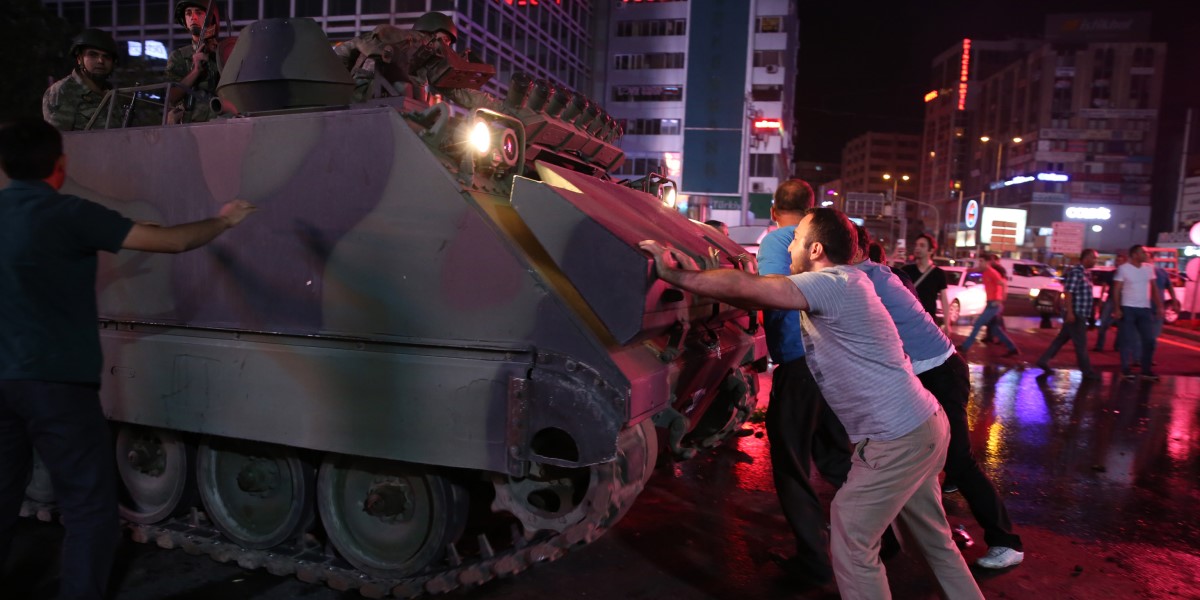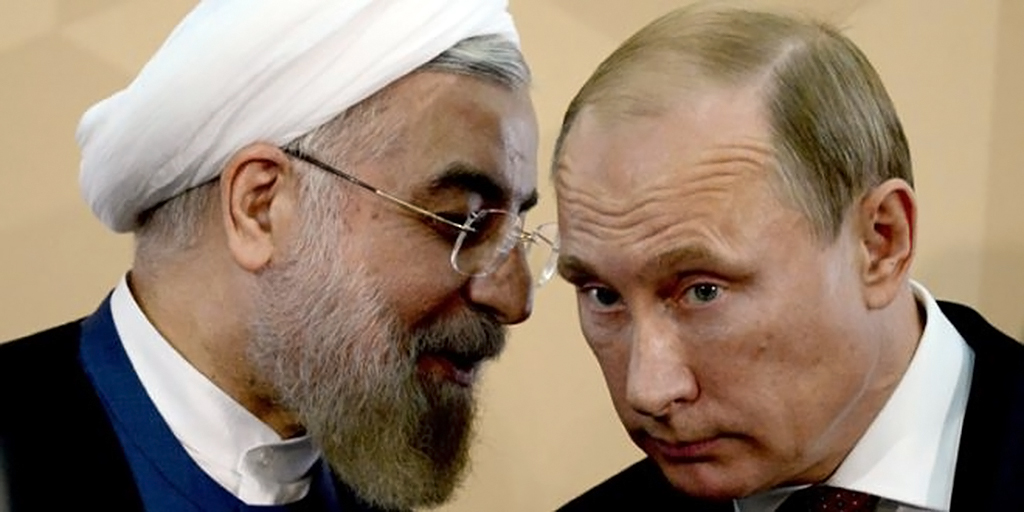On July 15, 2016, certain members of the Turkish army attempted a coup d’état to bring down the government. On the night of July 15, the people resisted this intervention, filled the squares all across Turkey and united against tanks, warplanes, and troops. Following the night of the coup attempt, graphs of Google trends illustrated an amazing fact: the number of the people googling “how to stop a tank” carried the words to the trend list.1 The subsequent events will live long in the memories as a glorious moment not just because of the fact that the coup attempt failed miserably, but also because by standing up to army tanks the Turkish civilians provided a remarkable example of a spontaneous civil resistance campaign against a military coup.
Civil resistance is an umbrella term for a number of concepts with distinctive connotations; the term has been used, among others, for satyagraha, nonviolent action, unarmed resistance, and people power. Civil resistance is a method of sociopolitical action for applying power in a conflict without use of violent action. It is a civilian-based method used through social, psychological, economic, and political means. The term “resistance” reflects both the non-institutional and confrontational nature of civil resistance. It is non-institutional in the sense that the civil resistance methods deliberately or compulsorily operate outside the conventional political sphere. It is confrontational in the sense that, civil resistance campaigns aim to weaken the opponents’ ability to sustain a particular policy or even undermine the ruler’s legitimacy and power as a whole. In the Turkish nonviolent resistance campaign, it is possible to diagnose both the confrontational and non-institutional nature of civil resistance movements








